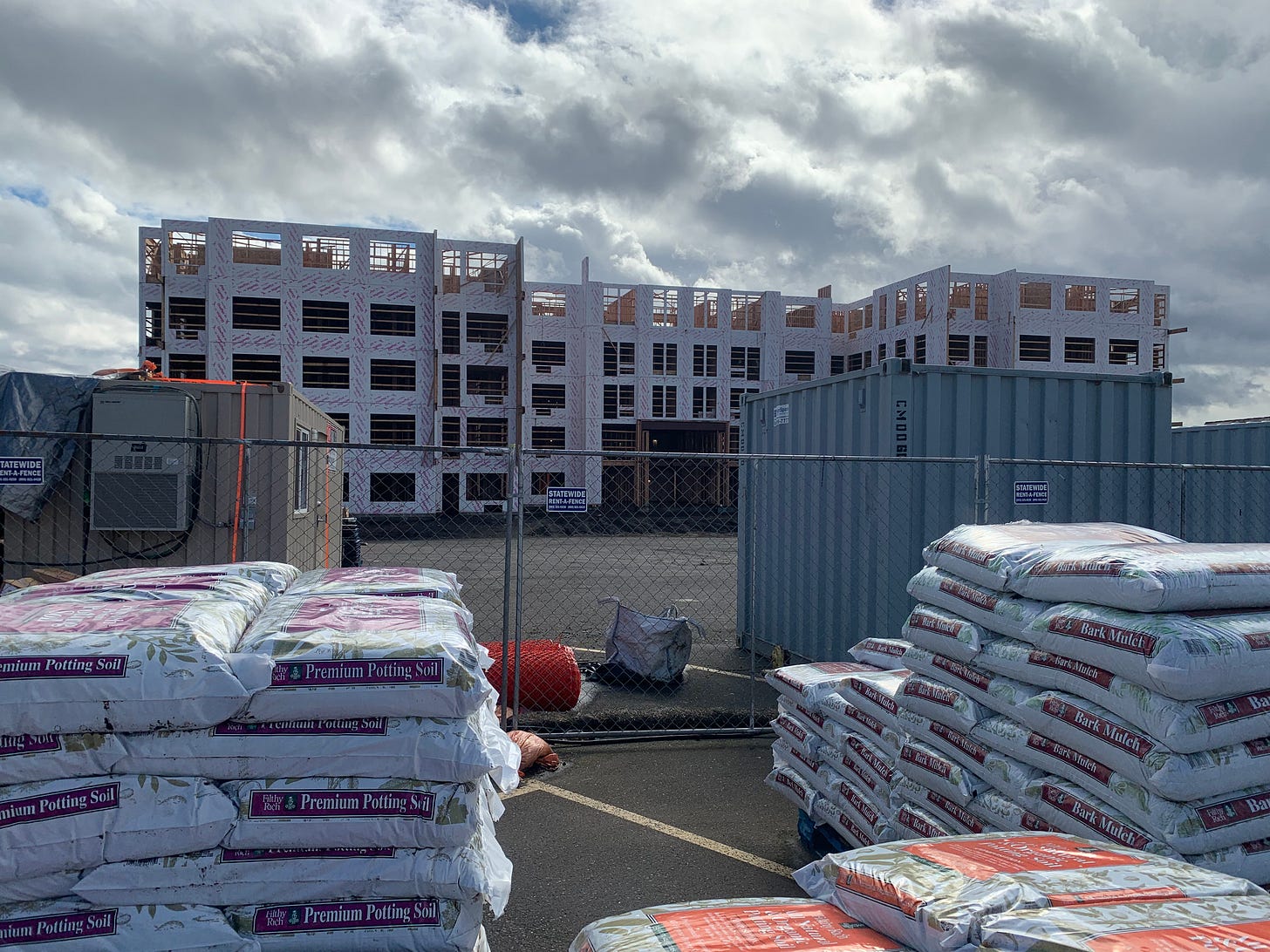Portland needs an ambitious goal to ignite a downtown revival
To restore Portland’s luster, the city needs a big success and converting commercial space to housing is good place to start

There’s no shortage of opinions about what Portland needs to do to repair its damaged image, revive its stagnant economy, reclaim its downtrodden downtown and retain residents who are fleeing – or better yet once again become a city that attracts newcomers.
When problems are this numerous and severe, the answer generally is “all of the above.” No one approach will be enough. And it certainly will take more than “cleaning up the trash,” one solution many people like to talk about.
But before diving deeply into a discussion of solutions, we need to start with something more basic: What does Portland want to be?
Even when the Rose City was the darling of the New York Times and other publications that deem it part of their mission to declare what’s hip and what’s not, Portland focused too much on process. The city’s popular slogan, “The City that Works,” hasn’t been accurate for more than decade. But even when it was accurate, the slogan was an immodest statement about how Portland operates, not a declaration of what it is – or wants to be.
Also, the goal needs to be something much loftier than “we want to be cool again.” Portland needs to define what gives it value in a post-pandemic economy that has altered the competitive landscape for businesses and cities alike. The first step is an honest assessment of our strengths. Those strengths are not necessarily the ones on which Portland built its image. The world has changed, and so have some of the cities with which Portland competes.
Let’s look at how Portland compares with some of the metropolitan areas often cited as peers:
Seattle, in addition to a size advantage, has a superior port and the headquarters of three of the world’s most recognizable businesses – Microsoft, Amazon and Starbucks – not to mention at least a dozen other headquarters companies with strong, if not dominant, national market share and the University of Washington.
Austin has one of the nation’s best public universities, the state capital and a growing technology sector.
Denver has that same combination, though the University of Colorado is in nearby Boulder not downtown, and can match Oregon for scenery and recreational opportunities.
Salt Lake City also has the university-capital-scenery combination. It’s tech sector lags Portland’s, but it has a significant affordability advantage.
And if you look primarily at downtown, the Rose City is at an even bigger disadvantage.
Portland is the only one of these cities that doesn’t have either a state capitol complex, flagship university or at least one Fortune 500 company downtown. In fact, all the others but Seattle have two – and the University of Washington is only 4 miles from downtown Seattle, which is home to multiple Fortune 500 companies.
Downtown Portland’s lack of advantages is particularly notable because of the degree to which Portland has built its reputation on a vibrant downtown – and the degree to which the decline of its reputation has been driven by the visible deterioration of that same downtown.
So, if Portland is no longer the hippest, coolest, best-looking city and never had the economic advantages of other peer cities, what is our competitive advantage? In a recent Oregon Way column, Gary Conkling outlined growing or emerging industries where Oregon has a competitive advantage. They include mass timber, green energy, food products and telehealth. And, of course, sports apparel, the industry where we are the undisputed global leader.
Those industries are a good starting point economically, but many of the employees of those companies are likely to either work at home or in suburban offices. Any goal for downtown Portland’s future should be based on something other than mega-employers.
Ideally, Portland would identify a goal that capitalizes on strengths, addresses one or more of its biggest problems and would set an example for other cities.
Fortunately, there’s a path Portland could take that would be consistent with its desired image of modern, climate-friendly urbanism and economic realities while also addressing one of the biggest needs for Portland and other cities – housing. Portland should lead the way in converting office space to housing. While this goal should extend to the suburbs, where a smattering of residential developments already are sprouting in former commercial strips, downtown offers the greatest potential payoff.
The decade before the pandemic saw a significant increase in the availability of upscale downtown housing. For those units to remain desirable, downtown needs to be livable. Turning unused commercial space into affordable residential units is a win-win situation. It maximizes an underutilized asset; it increases the number of people downtown, which helps businesses that remain and restores lost vibrancy.
Thankfully, the city already has taken action to encourage commercial-to-residential conversions. Earlier this month, City Council removed system development charges and loosened seismic improvement standards for some conversion projects. While these are steps in the right direction, they probably are not enough to address the financial obstacles to downtown projects.
If Portland wants to revive downtown, and as an extension the city as a whole, it will require continued effort – and focus on a big goal, whether its downtown housing or something else. If these efforts are successful, Portland again will capture positive media attention. And, while accolades should not be the city’s goal, they would be an indicator of success.
Mark Hester is a retired journalist who worked 20 years at The Oregonian in positions including business editor, editorial writer and sports editor.



